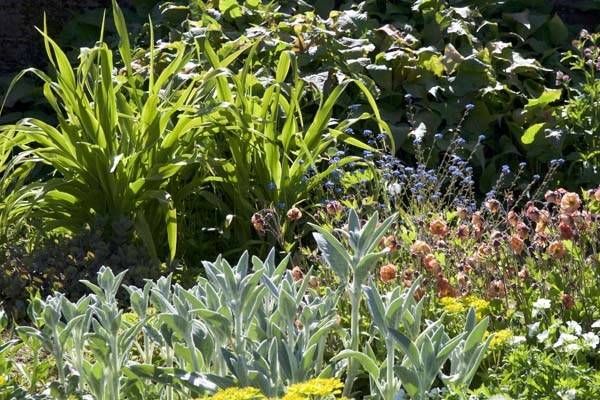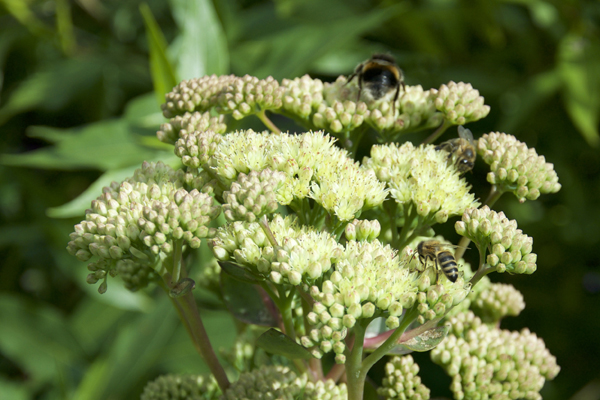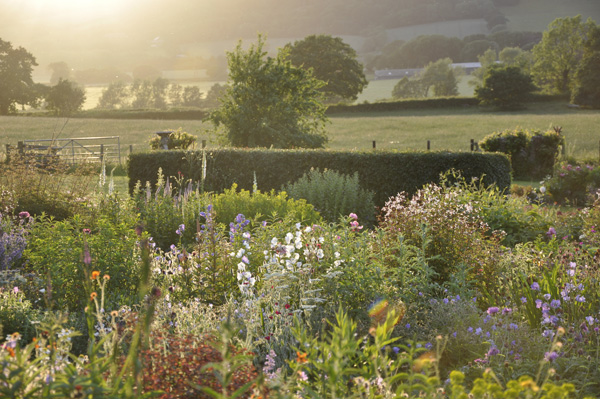The Comprehensive Guide to Bergenia (Elephant's Ears) Plants
Mention to a gardener that you like Bergenia and you get a long, confused stare as though to say ‘what those boring things!’ But I really do like and respect these robust, immensely useful hardy perennials. Okay, so they may not be the prettiest or most intriguing of garden plants, but they do provide architectural structure (if short) to a border throughout the year.


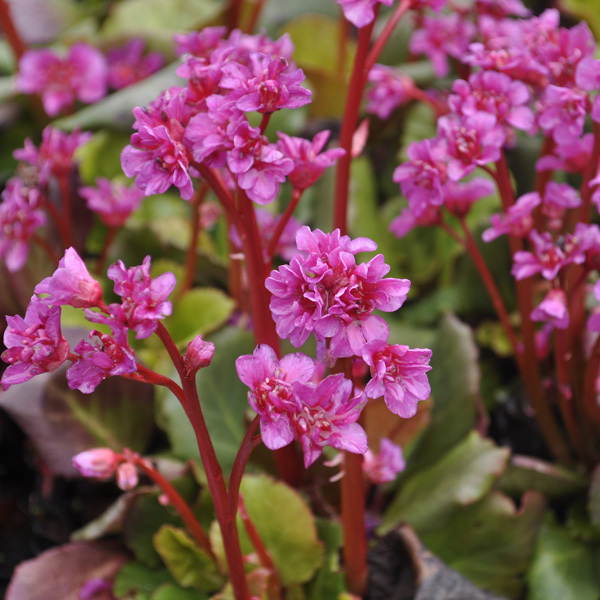

Left to right: Bergenia 'Eroica' Bergenia 'Abendglut', Bergenia 'Bressingham White', Bergenia 'Baby Doll'
Types Of Elephant's Ears
There are many varieties of Bergenia plants for sale, which vary in their flower colour or cluster, the shape of the leaves, and how many leaves it keeps over winter. No matter the type, they will grow in almost any situation; sun through to shade, dry soils or damp soils (although they don’t like deserts or bogs). They are also long-lived, and are easy to look after, needing little attention.
When does Bergenia Flower?
Most produce only one flush of flowers starting around March and lasting until the end of April or early May. One or two varieties send up further flower stems later in summer, which is useful as few other shade loving plants produce flowers at this time.
Bergenia produce clusters or sprays of large bell-shaped flowers that sit above the leaves on strong, upright stems that are often tinged red. The colours range from white through soft pink to the deepest magenta. Sometimes they sit in calyces of a different colour, thus adding further interest to the flower. Not to mention, they are quite popular with local pollinators.



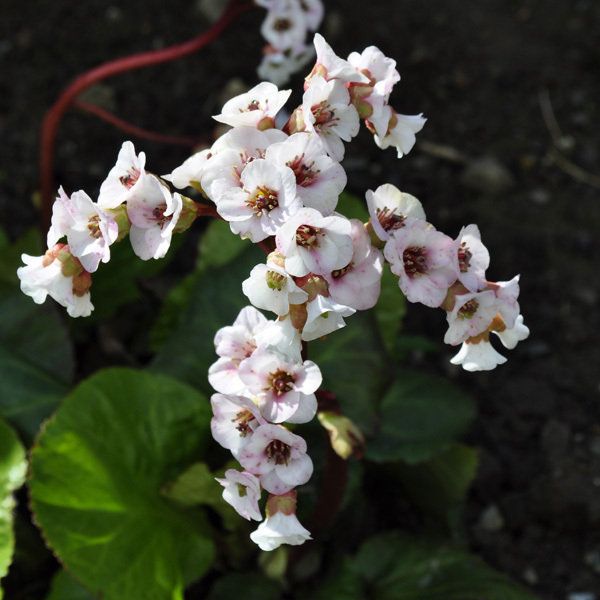
Left to right: Bergenia 'Schneekissen' Bergenia 'Pink Dragonfly', Bergenia 'Bressingham Bountiful', Bergenia 'Jelle'
The Glorious Bergenia Leaves & Appearance
A slowly spreading, carpeting plant, the leaves of the Elephant's Ears are perhaps it’s most important feature. Large, leathery, mostly evergreen, the leaf shape varies from round paddles to narrow ovals, similar in shape to a wooden spoon. How long the leaf stem is dictates the shape of the overall mound.
Some leaves have long stems and flop over making loose mounds, while others have short leaf stems and produce a carpet of neat, tight rosettes. When fully established, Elephant's Ears cover the ground so thickly few weeds will get through. Finally, in autumn as the frost arrives, the leaves of many varieties turn glorious shades of red.

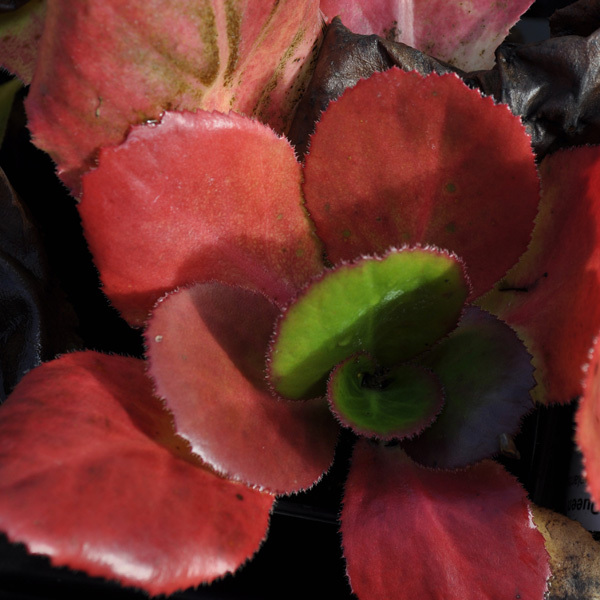


Left to right: Bergenia 'Ice Queen' and the winter leaves of Bergenia ciliata 'Mrs Wilton', Bergenia 'Bressingham Ruby', Bergenia 'Claire Maxime'
Are Bergenias Evergreen?
The term evergreen is a bit of a misnomer, especially as some bergenia plants for sale are more evergreen than others. Those that are less evergreen only keep a few leaves over the winter months, while others remain solidly green. The least ‘evergreen’ varieties I have grown are Bergenia ‘Abendglut’, Bergenia ‘Silberlicht’ and any that contain Bergenia ciliata in the family history.
Where Does the Bergenia Come From?
This hardy perennial comes from the mountains of Central Asia, particularly the Himalayas, Afghanistan and China. The taxonomic name is a homage to a German botanist who lived in the 1700s, whereas the common name elephant's ears references the plant’s big, leathery leaves.
Bergenia Planting Guide
Where to Grow Bergenia Plants
These hardy perennials are content almost anywhere in the garden, sun or shade. They tend to thrive most in well drained and rich soil. Damp soil is alright, but wetter soils increase the chances of root rot to occur.
How to Plant Bergenia
You can buy perennials online, almost fully established, from our plant nursery, and I recommend doing this around early autumn. This gives the plant the right amount of time to get properly established for its next flowering season. If planting in winter, it's best to avoid frozen and waterlogged soil.
How To Care For Bergenia
A hardy perennial that survives temperatures down to -10 degree and a lot more. Slow to mature, but when established, long-lived. In time the woody, ground-hugging rhizomes may become long with leaves at the end but otherwise leafless.
Pruning
Dig the plant up and cut back the rhizomes parts, as new leaves will emerge from any woody rhizome left. Remove old brown leaves as you see them. As with all evergreen plants, when new leaves appear, the old ones turn brown and die off.
Pests
The leaves of the elephant's ears are a favourite among slugs and snails, especially as the leaves provide them essential shade. It’s a good idea to remove dead leaves to prevent snails and slugs from finding hiding places.
Vine Weevils are also known to target this plant. The grubs will target the roots whilst the adults nip away at the leaves. The grubs are the more problematic of the two, appearing as white legless larva with light brown heads.
What To Grow With Bergenias
I like to plant Bergenia with low growing perennials that produce totally different shaped leaves to that of the Bergenia. This includes the silver-leaved Stachys byzantina and Centaurea, and hardy geraniums with deeply divided leaves like Geranium ‘Rozanne’ or Geranium sanguineum ‘Album’. In shady spots with a fair amount of moisture they go well with silvery-leaved Brunnera ('Silver Wings’ for instance) and Pulmonaria like ‘Opal’. In drier shady spots all Epimedium make great companions. They also look great in a container, either just as a single specimen or as a planter as part of a large group. You can buy these perennials online on this website.

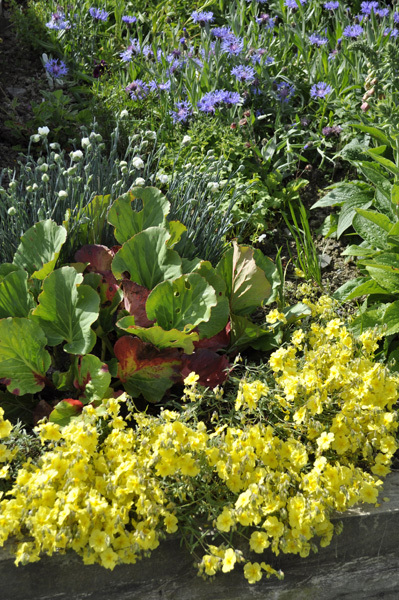
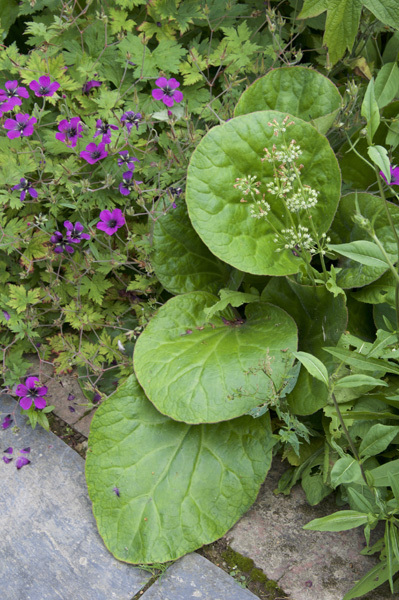
Left to right: Bergenia 'Bressingham Salmon' mixed with the leaves of hardy geranium, Bergenia 'Herbstblute' with Helianthemum 'Wisley Primrose', Dianthus 'Mrs Sinkins, pale blue Centaurea, Bergenia 'Dumbo' with Geranium 'Dragon Heart'
